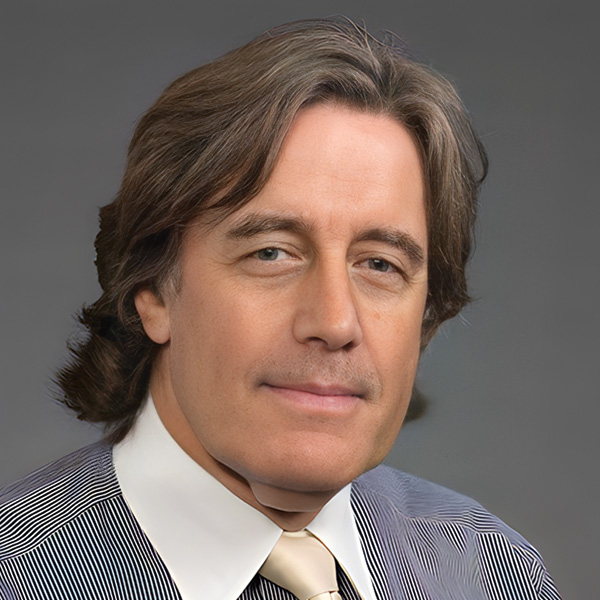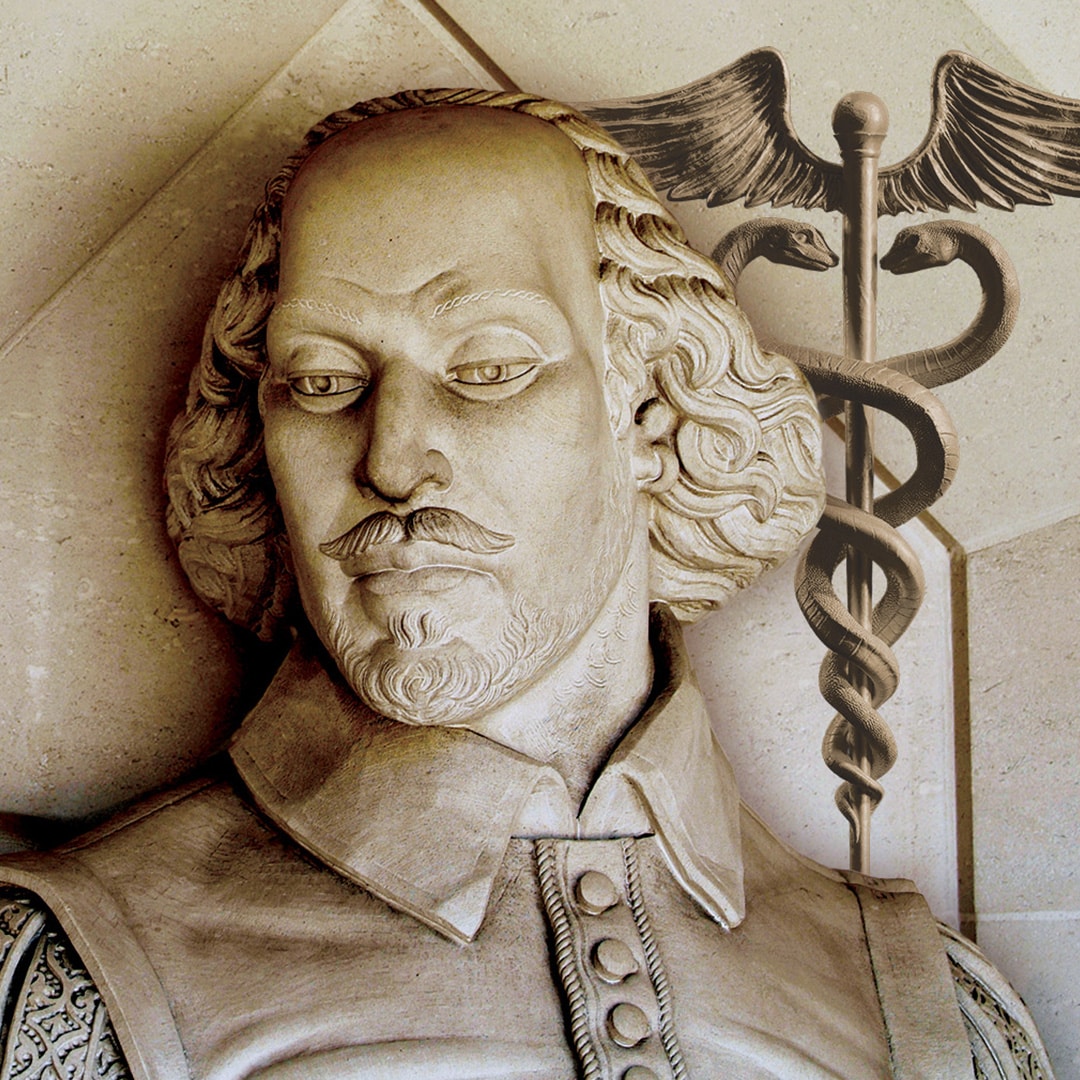The tortuous path that both gametes trace
To meet within the fallopian tube
Is well-known to science and the embrace
Of fertilization’s own Rubik’s cube
Where all pieces have to be in their place
For sperm to have a chance to penetrate
An ovum, a zygote to form in space
Embryo attaches to then gestate
For millions of couples the cube resists
No twisting or spinning will ever win
So take the gametes outside for their trysts
A baby is formed, just to fool Darwin
IVF delivers what nature could not
A new life for couples, their own Camelot
Backstory
There are several definitions of infertility, one common epidemiological version indicating that it is ‘women of reproductive age at risk of becoming pregnant who report unsuccessfully trying for a pregnancy for more than two years’. By this definition, it is estimated that there are some 50 million couples world-wide in this situation. Until quite recently, very little, at least from a medical perspective, could be done to help them.
Robert Edwards, a Yorkshireman, was born in 1925. He took a science degree in Bangor, Wales, and moved to Edinburgh, Scotland to work in the areas of genetics and reproduction. Between 1952 and 1957 he generated haploid, triploid and aneuploid mouse embryos and studied their potential for development; for this, he needed to manipulate the chromosomal composition of eggs, spermatozoa and embryos. He described the timed sequence of egg chromosomal maturation events that led up to ovulation. This led to his interest in in vitro fertilization, which he pursued after moving to Cambridge. He struggled with the complexities of both science and ethics; eventually he met Patrick Steptoe, an obstetrician in Oldham, England, and the two worked on IVF until, in a pivotal paper in Nature in 1968, they demonstrated IVF in humans for the first time. For 10 years the British establishment was unwilling to engage seriously in ethical debates. However, the final validation of IVF came in 1978 with the birth of Louise Brown. The technique was then accepted world-wide, with several million IVF births recorded to date; Sir Robert Edwards was awarded the Nobel Prize for Medicine or Physiology in 2010.


